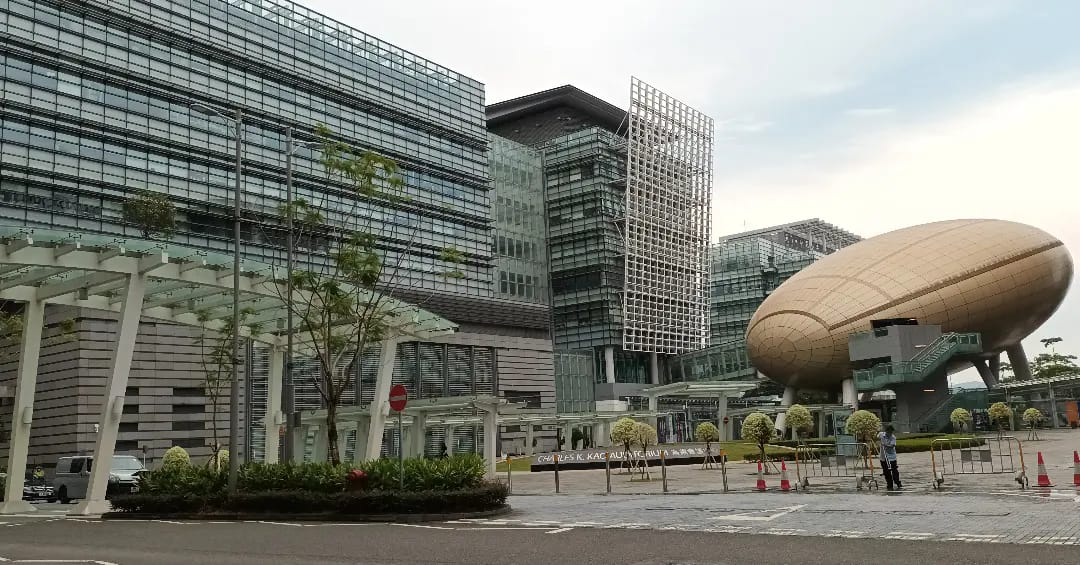AsiaTechDaily – Asia's Leading Tech and Startup Media Platform

Is Your Startup Doing Demand Forecasting Correctly? – Let’s Understand Why Is It Vital For Supply Chain Planning – Part – 1
Keeping the right quantity of products in stock is vital for a business. Having too little means running out untimely, causing consumers to buy elsewhere, and having too much means paying unnecessary costs for inventory management and storage. So how do you find a middle ground between these two? In the field of supply chain management, it is done by demand forecasting.
Let us take a look at why demand forecasting is vital for supply chain planning.
A lot of supply chain-related decisions are based on demand forecasting. While it is vital for supply chain planning it is one of the toughest aspects of the supply chain. Demands are often unpredictable, and doing demand forecasting is both science and an art.
Benefits of Demand forecasting for an effective Supply Chain Planning
Demand forecasting analyzes how much supply you need to keep to satisfy consumers’ likely demand during a specific week, month, or quarter. This data allows companies to keep sufficient stock to fulfill customer orders, but not so much that time, money, and effort are wasted in managing obsolete or excess inventory.
Demand forecasting is mainly about predicting consumer behavior; however, it goes beyond just anticipating the needs and wants; cultural trends, seasonality, consumer behavior are essential considerations.
Forecasting the demand effectively facilitates critical business activities like financial planning, raw material planning, budgeting, risk assessment, mitigation plans, production planning, and sales and marketing plans. Here are the benefits of effective demand forecasting on the supply chain.
Better purchasing terms and supplier relations
The raw material planning process is based on demand forecasting, facilitating the purchasing managers to give a timely purchase plan to the suppliers. Transparency and visibility of demand for raw materials empower purchasing managers to negotiate favorable terms for their business and improve supplier relations.
Better allocation of resources and capacity utilization
The current inventory levels form the basis for expected customer orders, raw material requirements, and scheduling an effective production. This leads to judicious allocation of manufacturing resources and improves capacity utilization.
Better distribution and planning logistics
Besides the small businesses, it is evident in businesses dealing in wide distribution networks and multiple stock-keeping units. Logistics and distribution managers are enabled to balance inventory throughout the network, and with transporters, they can negotiate favorable terms.
Click here to access Part – 2 of this blog





